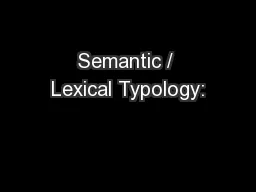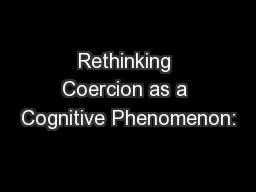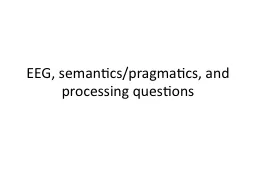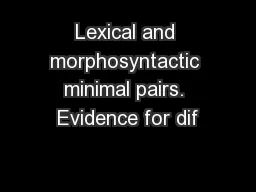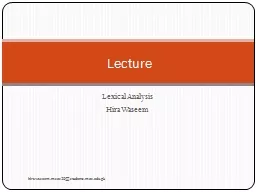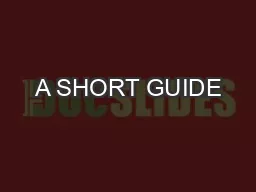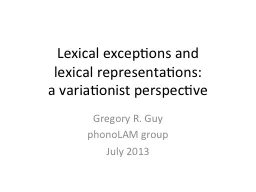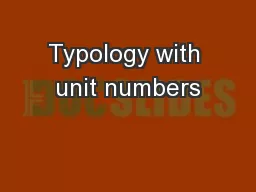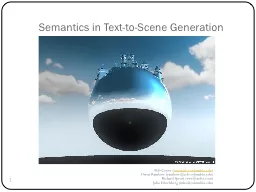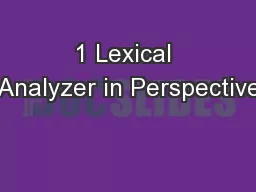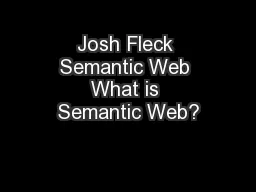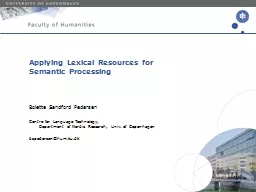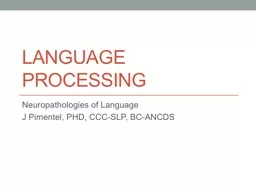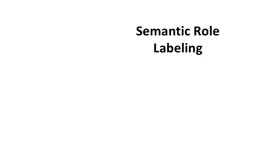PPT-Semantic / Lexical Typology:
Author : calandra-battersby | Published Date : 2016-08-01
Verbs of Falling and Beyond Katia Rakhilina NRU HSE Moscow Verbs verb phrases and verbal categories 2325 March Hebrew University of Jerusalem BEYOND Lexical Typology
Presentation Embed Code
Download Presentation
Download Presentation The PPT/PDF document "Semantic / Lexical Typology:" is the property of its rightful owner. Permission is granted to download and print the materials on this website for personal, non-commercial use only, and to display it on your personal computer provided you do not modify the materials and that you retain all copyright notices contained in the materials. By downloading content from our website, you accept the terms of this agreement.
Semantic / Lexical Typology:: Transcript
Download Rules Of Document
"Semantic / Lexical Typology:"The content belongs to its owner. You may download and print it for personal use, without modification, and keep all copyright notices. By downloading, you agree to these terms.
Related Documents

